Themed collection Molecular Crystal Engineering

Borromean links and other non-conventional links in ‘polycatenated’ coordination polymers : re-examination of some puzzling networks
The topological analysis of some recently reported complex coordination networks containing interlocked 2D layers has revealed linkages that had previously been overlooked: the most relevant are the Borromean links, in which three rings are not catenated but inextricably entangled, as in the symbol on the crest of the ancient noble Italian family of Borromeo.
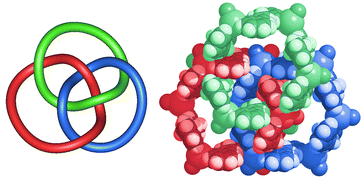
CrystEngComm, 2003,5, 269-279
https://doi.org/10.1039/B305246J
Inorganic intermolecular motifs, and their energies
Inorganic molecular materials containing coordination complexes assembled via intermolecular interactions are discussed, with emphasis on the diversity of molecular surface and of molecular interactions. Issues about intermolecular energy are highlighted, particularly relationships between intermolecular potentials, histograms of intermolecular distances and van der Waals surfaces. Density functional calculations are used to obtain intermolecular potentials.
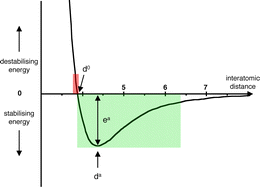
CrystEngComm, 2003,5, 208-221
https://doi.org/10.1039/B304667M
Structure–reactivity relations of inclusion compounds
CrystEngComm, 2003,5, 200-203
https://doi.org/10.1039/B304873J
Should solid-state molecular packing have to obey the rules of crystallographic symmetry?
About 8% of crystal structures contain more than one independent molecule or formula unit; the exact number is denoted by the parameter Z′.Existing data and interpretations on structures with high Z′ values are collated and some interesting case studies highlighted.
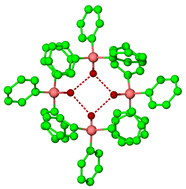
CrystEngComm, 2003,5, 169-179
https://doi.org/10.1039/B304631A
Molecular recognition at the interface between crystals and biology: generation, manifestation and detection of chirality at crystal surfaces
The relationships between crystal symmetry and crystal morphology are not fully understood. Certain biogenic crystals of calcium oxalate exhibit a chiral morphology, although both molecular and crystal structures are non-chiral, whereas crystals of calcium-{R,R}- and -{S,S}-tartrate tetrahydrate are inherently chiral, but their morphologies are symmetric. A glimpse into the transition from molecular asymmetry to macroscopic asymmetry, one of the fundamental and little understood phenomena in chemistry and in biology, is provided.
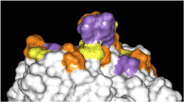
CrystEngComm, 2003,5, 140-146
https://doi.org/10.1039/B304061E
Solid-state molecular syntheses: complete reactions without auxiliaries based on the new solid-state mechanism
Solid-state reactivity of molecular crystals comprises gas–solid, solid–solid, thermal, photochemical and catalysed reactions. All three steps of the solid-state mechanism (molecule migration, product-phase formation and crystal disintegration) must be successful for the solid-state reaction to come to a completion. The conclusions from atomic force microscopy (AFM) investigation have been confirmed by scanning near-field optical microscopy (SNOM), grazing incidence synchrotron X-ray diffraction (GID) and nanoscratching experiments. The scaling up of gas–solid and solid–solid reactions has been performed at the kg level with various reactions out of more than 1000 examples that provide 100% yield. A number of these examples are presented in this Highlight.
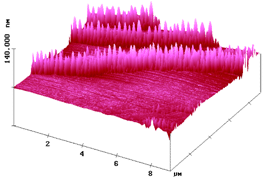
CrystEngComm, 2003,5, 117-133
https://doi.org/10.1039/B303432A
Open-framework iron phosphates: Syntheses, structures, sorption studies and oxidation catalysis
The hydrothermal synthesis of three different iron phosphates with various degrees of porosity is discussed, as well as the use of the more porous examples as sorption materials (active towards alkanes, alcohols, chlorinated hydrocarbons, amines and ethers) and as a catalyst for the highly regioselective oxidation of n-pentane to 3-pentanol.
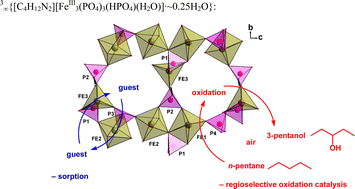
CrystEngComm, 2003,5, 180-189
https://doi.org/10.1039/B303498D
About this collection
Papers from the EURESCO meeting held at Maratea from the 31st May - 5th June 2003